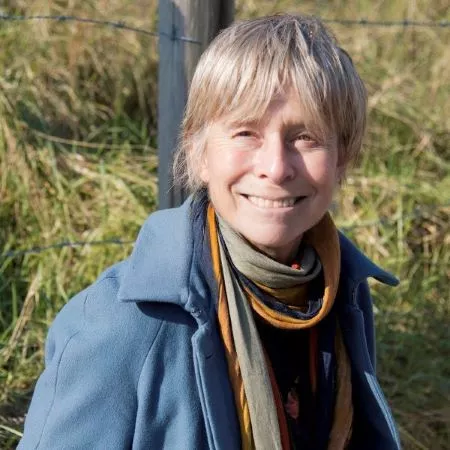In this lecture, Dr. Monique Borgerhoff Mulder overviews the focus, history, and approaches used in the subdiscipline of human behavioral ecology. She first notes its roots in Darwinian evolution, as the goal is to apply models about change and difference from ecology to human behavior in order to understand adaptive decisions. Human behavioral ecology uses simulated and empirical tools to identify transmitted traits and tries to understand the function of those traits. She uses the example of conservation as restraint, as one early test of these theories. The conservation hypothesis suggests that human decision making about prey selection focuses on maximizing prey growth through foraging, which stands in contrast to the efficiency hypothesis, in which the goal is to expend minimal energy for maximum gain. She also offers examples of conservation as cooperation, when human decision making for other humans benefits the environment, as well. She ends by describing how human behavior ecology seeks to better understand human tendencies, how those tendencies vary, and potentially how they can be contained or harnessed.
Authors named during the presentation:
- Julian Steward, Roy Rappaport, Richard Dawkins, E.O. Wilson, Napoleon Chagnon & William Irons
- L.L. Cavalli-Sforza & M.W. Feldman
- Robert Boyd & P.J. Richerson
- William Durham, Eric Smith, Dustin Penn, Garrett Hardin, Elinor Ostrom, Raymond Hames, Michael Alvard, Eric A. Smith, & Mark Wishnie
- Lore Ruttan, James Ellis & David Swift; Margaret Chapman, Allyn Stearman, Colin Clark, Alan Rogers, Kim Hill, Louise Fortmann, B.S. Low, & J.T. Heinen.
This video is a recording of a presentation given as part of SESYNC’s Socio-Environmental Immersion program.
-
About the Presenters
Monique Borgerhoff Mulder
External Advisory Board MemberDr. Monique Borgerhoff Mulder is a Distinguished Research Professor of Anthropology at the University of California, Davis and is affiliated with the Max Planck Institute for Evolutionary Anthropology. She uses the theory and methods of behavioral ecology to address aspects of human behavioral variation, engaging in focused ethnographic research, quantitative demographic analysis, and systematic comparative studies. Her research focuses in three distinct areas: life history variation (including patterns of marriage and childrearing), the distribution of cultural traits across societies, and...
Monique Borgerhoff Mulder
External Advisory Board MemberDr. Monique Borgerhoff Mulder is a Distinguished Research Professor of Anthropology at the University of California, Davis and is affiliated with the Max Planck Institute for Evolutionary Anthropology. She uses the theory and methods of behavioral ecology to address aspects of human behavioral variation, engaging in focused ethnographic research, quantitative demographic analysis, and systematic comparative studies. Her research focuses in three distinct areas: life history variation (including patterns of marriage and childrearing), the distribution of cultural traits across societies, and the links between conservation and economic development, and she is increasingly engaged in the implementation, monitoring, and evaluation of applied projects in East Africa. She co-directs a program on the intergenerational transmission of inequality with Sam Bowles at the Santa Fe Institute, and is co-founder of Savannas Forever Tanzania – Data for Development. Dr. Borgerhoff Mulder was elected to the National Academy of Sciences in 2021.
External Links:
https://anthropology.ucdavis.edu/people/fzborger -
Supporting Materials
Presentation slides:
Reading List:
- Penn, D.J. (2003). The evolutionary roots of our environmental problems: Toward a Darwinian ecology. The Quarterly Review of Biology, 78(3), 275–301. http://dx.doi.org/10.1086/377051
- The presenter assigned this reading to accompany the original lecture, and she discusses it during the presentation
- Penn, D.J. (2003). The evolutionary roots of our environmental problems: Toward a Darwinian ecology. The Quarterly Review of Biology, 78(3), 275–301. http://dx.doi.org/10.1086/377051
